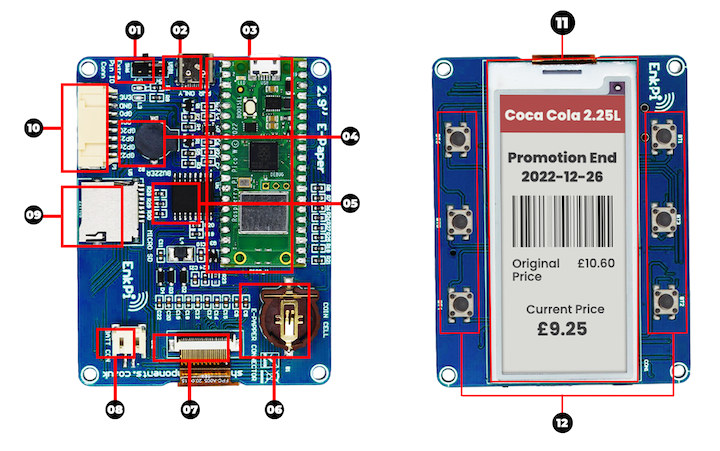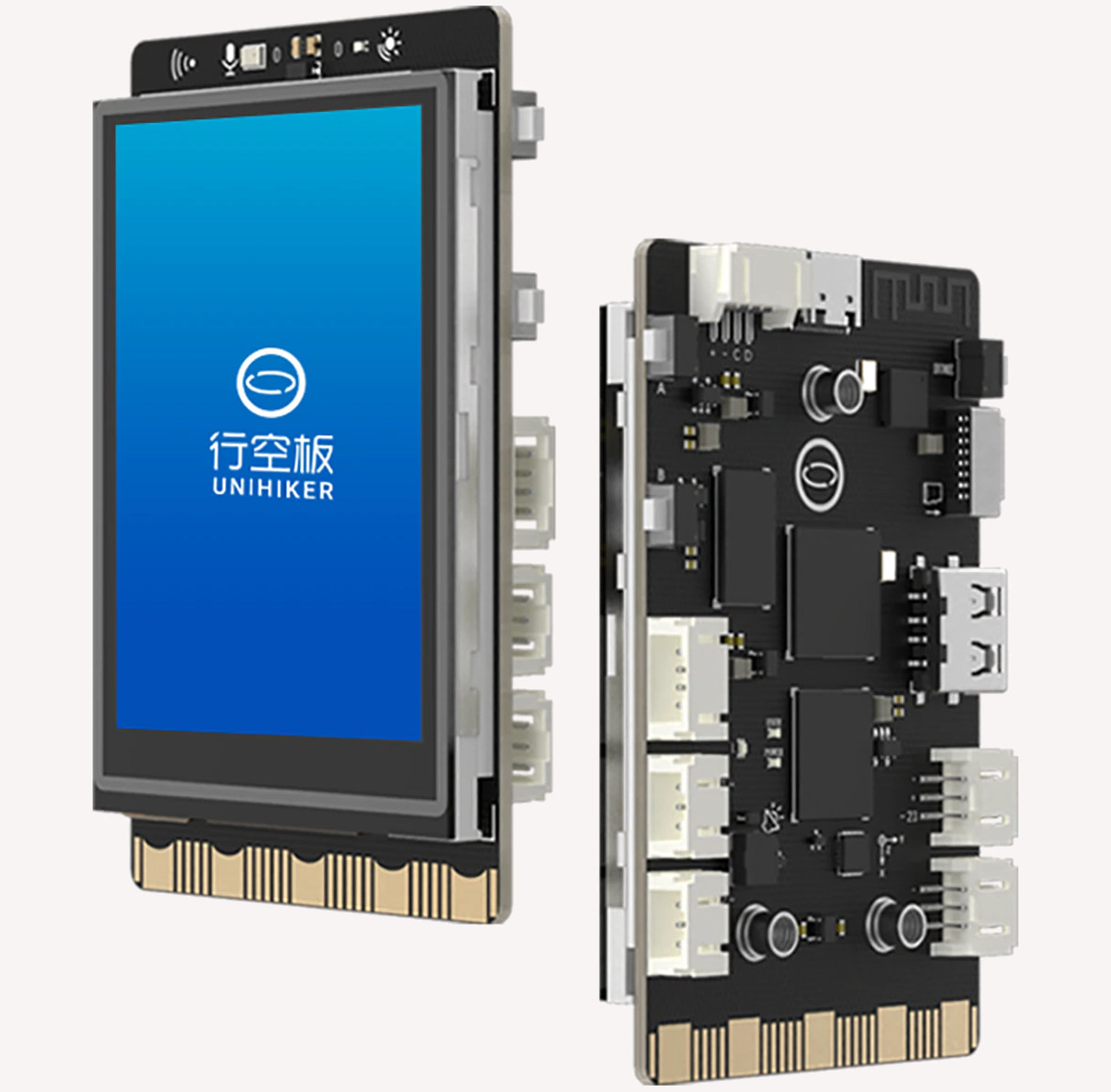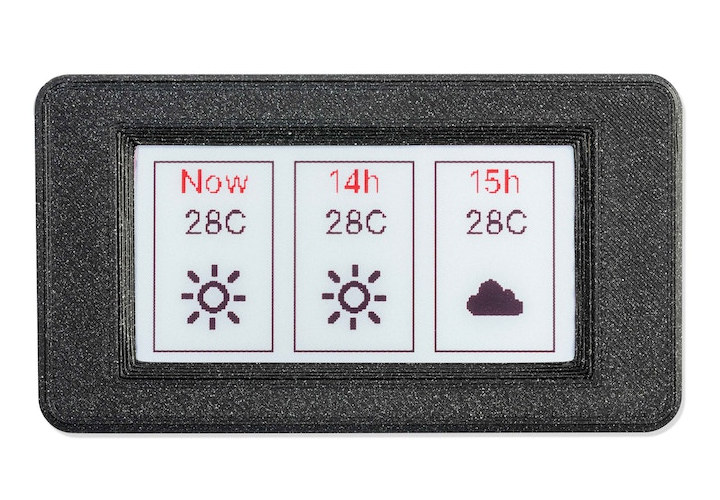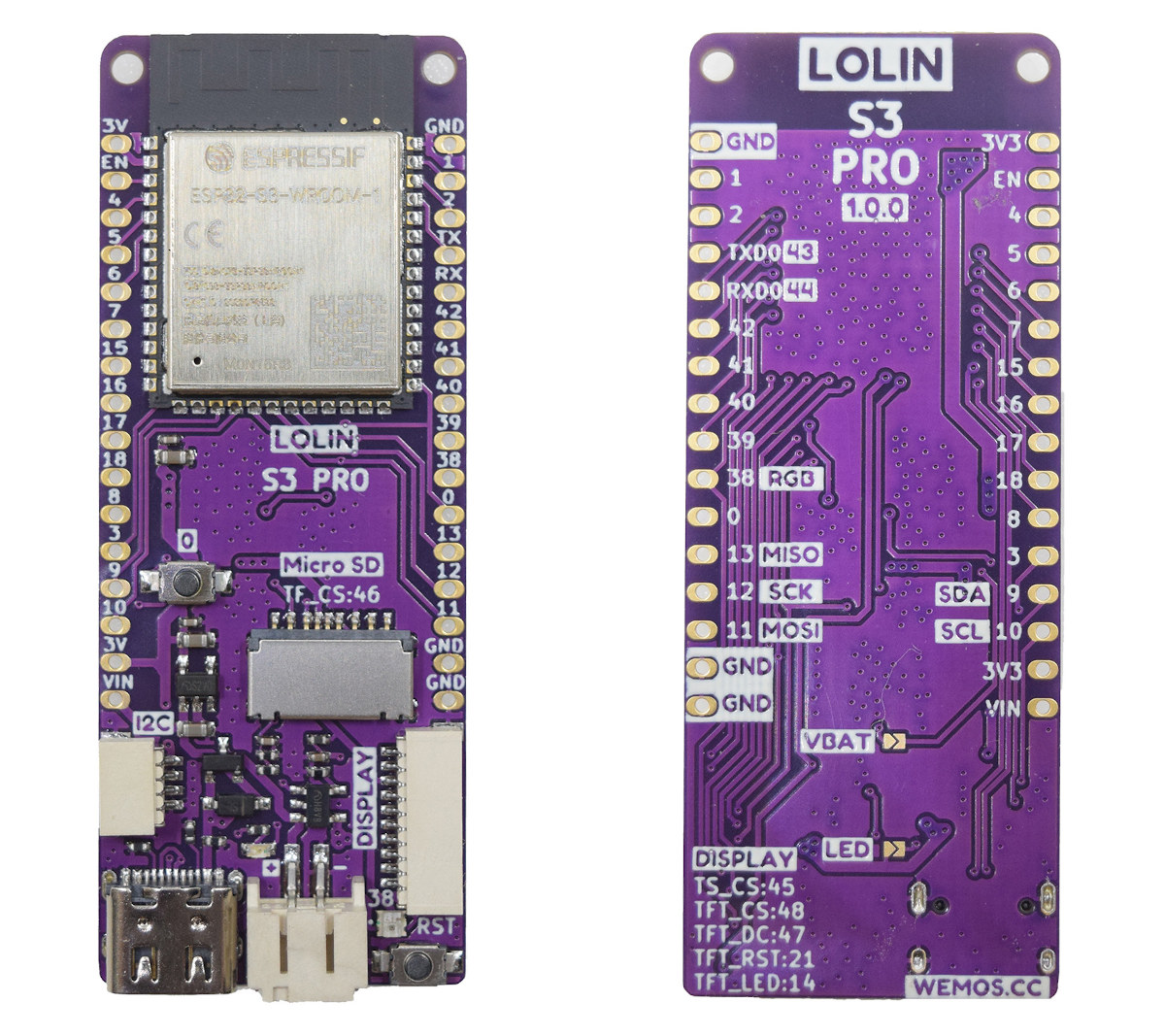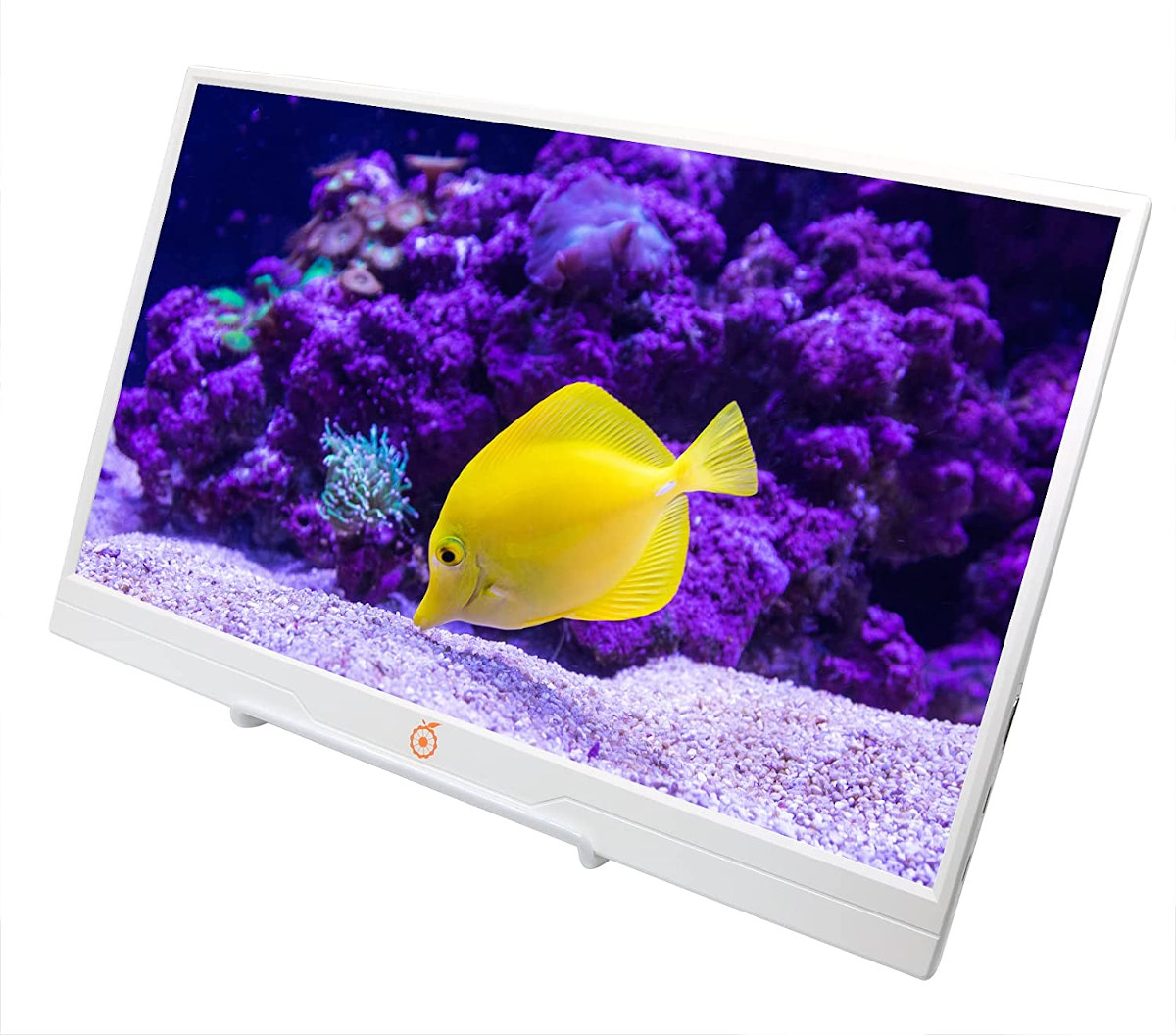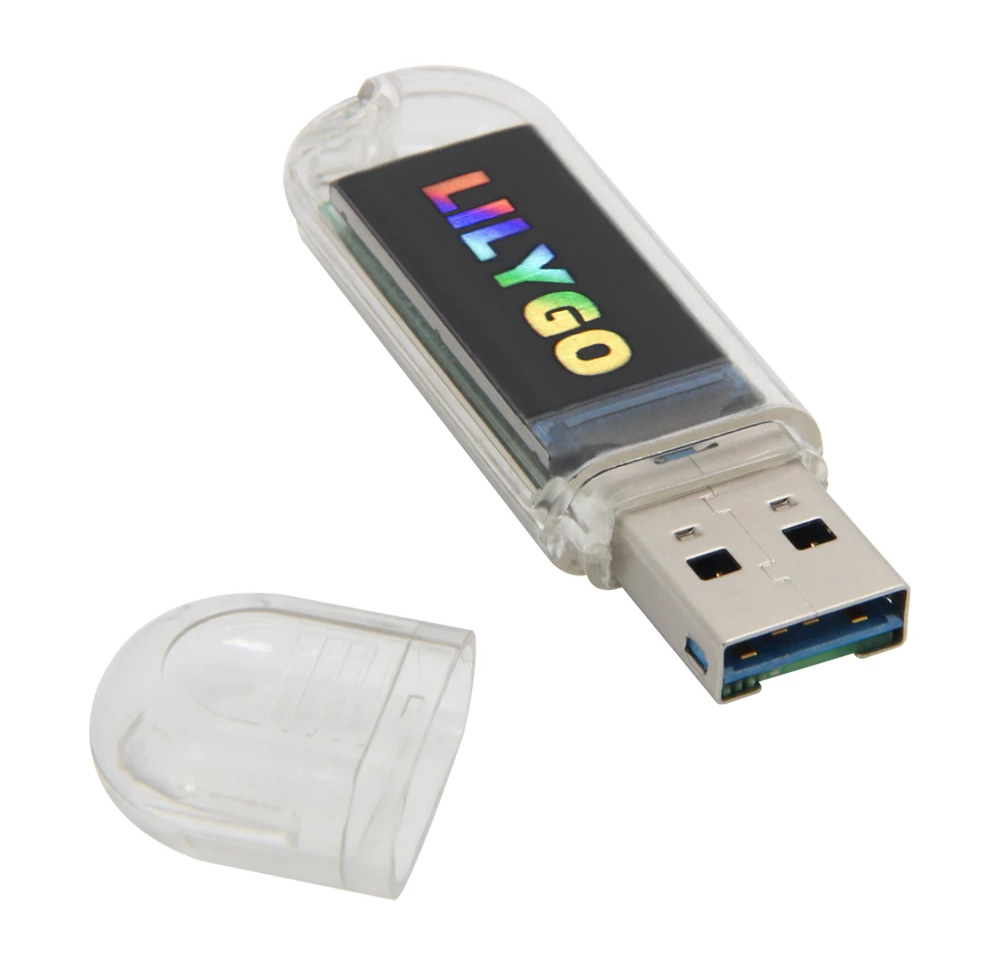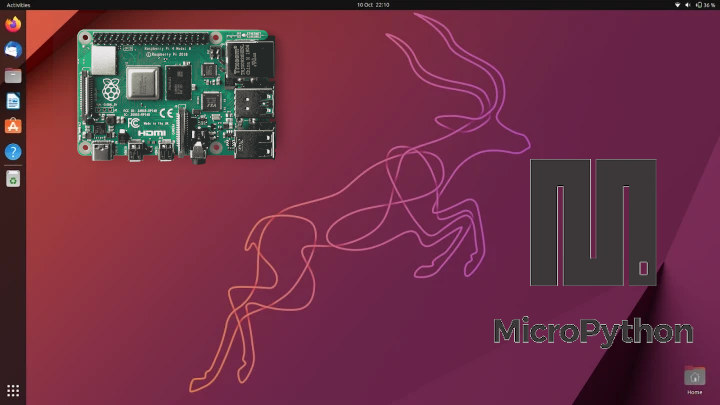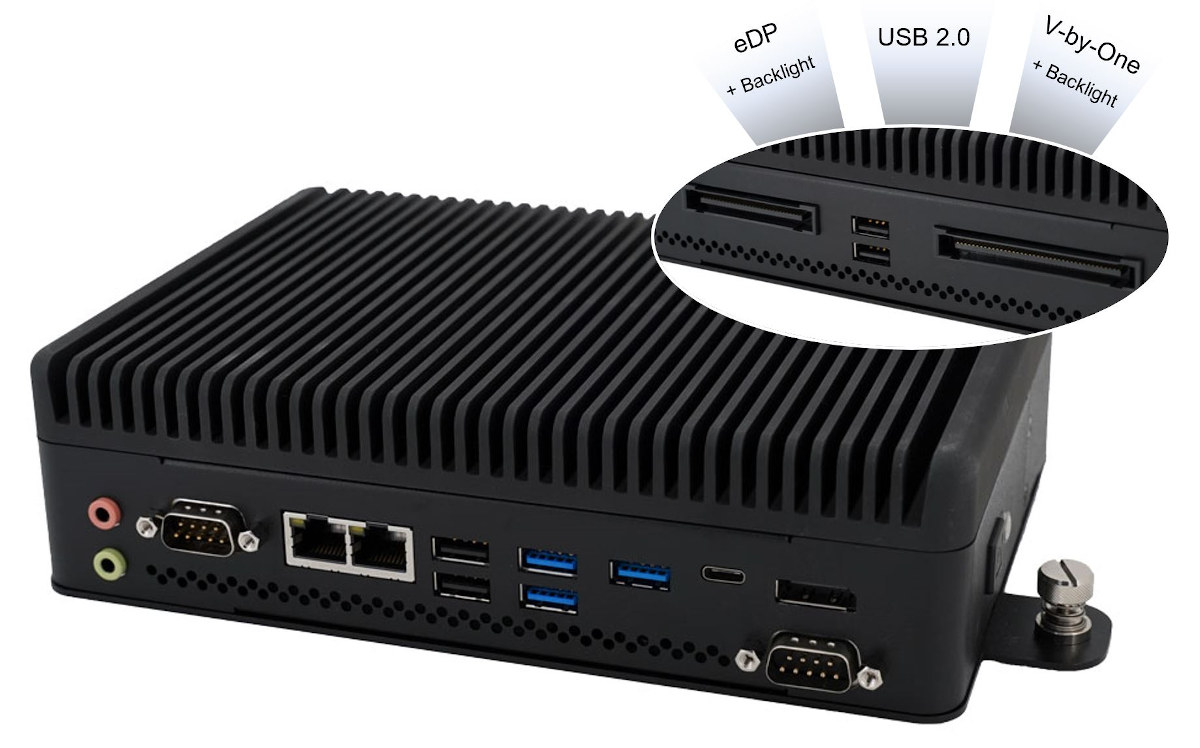SB Components is running another crowdfunding campaign with the EnkPi ePaper display powered by a Raspberry Pi Pico W board and offered in four different sizes namely 2.9-inch, 4.2-inch 5.83-inch, and 7.5-inch. Each mainboard also comes with a USB Type-C port, a microSD card socket, an RTC with a backup battery holder, a buzzer, six user buttons, and a JST connector for expansion with GPIO, I2C, UART, and ADC signals. EnkPi specifications: MCU board – Raspberry Pi Pico W with Raspberry Pi RP2040 dual-core Cortex-M0+ microcontroller, 2MB QSPI flash, WiFi 4 module. Storage – MicroSD card socket Display connected over SPI to the Pico W board 2.9-inch tricolor ePaper display with 296×128 resolution 4.2-inch tricolor ePaper display with 400×300 resolution 5.83-inch tricolor ePaper display with 648×480 resolution 7.5-inch tricolor ePaper display with 800×480 resolution Partial refresh support with up to 170 degrees wide viewing angle USB – 1x USB Type-C […]
UniHiker education platform teaches STEM with Mind+ and Jupyter
DFRobot UniHiker is a STEM education platform with a 2.8-inch touchscreen display, a Rockchip RK3308 quad-core Cortex-A35 processor, a GD32V RISC-V microcontroller, WiFi and Bluetooth connectivity, as well as various headers for expansion, and a BBC Micro:bit compatible edge connector. The UniHiker runs Debian 10 Linux and can be used to teach programming using Mind+ visual programming IDE or Jupyter open-source interface, as well as IoT and AI basics thanks to tutorials and lessons available in Chinese only as the platform clearly targets the education market in mainland China at this point in time. Unihiker specifications: SoC – Rockchip RK3308 Quad-core Arm Cortex-A35 processor @ 1.2GHz without GPU MCU – Gigadevice GD32VF103C8T6 RISC-V microcontroller @ 108MHz with 64KB flash, 32KB SRAM System Memory – 512MB DDR3 Storage – 16GB eMMC flash, MicroSD card socket Display – 2.8-inch touchscreen color display with 320×240 resolution Connectivity – 2.4 GHz Wi-Fi & […]
Inkplate 2 is a 2.13-inch WiFi ePaper display programmable with Arduino or MicroPython (Crowdfunding)
Inkplate 2 wireless ePaper display is by far the smallest display from Soldered Electronics with a 2.13-inch 3-color ePaper display while previous Inkplate models rely on 6-inch to 9.7-inch ePaper displays. The tiny display board integrates an ESP32 dual-core wireless microcontroller that drives the display, provides WiFi and Bluetooth connectivity plus some I/Os, and can be programmed with the Arduino IDE or MicroPython. Inkplate 2 specifications: Wireless module – ESP32-WROVER-E module with ESP32 dual-core microcontroller with Wi-Fi 4 & Bluetooth 4.0 connectivity, 8MB PSRAM, 4MB flash (Note: The product’s description lists 8MB flash, and 4MB RAM, but there’s no ESP32-WROVER-E in this configuration) Antenna- External IPX antenna Display – 2.13-inch ePaper display with 212×104 resolution (111 DPI) Red, black, and white colors 15 seconds full refresh time (no partial update) USB – 1x USB Type-C port for power and programming via CH340 USB to TLL chip Expansion 20-pin header with […]
LOLIN S3 Pro ESP32-S3 board offers display port, MicroSD card slot
LOLIN S3 Pro is a WiFi & Bluetooth LE IoT board built around the ESP32-S3-WROOM-1 modules with various I/Os including a display port, a microSD card slot, and a LOLIN I2C connector. The wireless module ships with 16MB QSPI flash and 8MB PSRAM, and the board also features two 16-pin headers with ADC, DAC, I2C, SPI, UART, etc…, a USB Type-C port, and support for a LiPo batteries with 500mA charging. LOLIN S3 Pro specifications: Wireless module – ESP32-S3-WROOM-1 module with: Espressif Systems ESP32-S3 dual-core Tensilica LX7 @ up to 240 MHz with vector instructions for AI acceleration, 512KB RAM, 2.4 GHz WiFi 4 and Bluetooth 5.0 LE with support for long-range, up to 2Mbps data rate, mesh networking 16MB QSPI flash 8MB PSRAM PCB antenna Storage – MicroSD card socket Display I/F – Display port for “TFT and EPD” displays USB – 1x USB Type-C port Expansion 2x […]
Orange Pi launches 14-inch portable monitor for $59
Shenzhen Xunlong Software, better known under the Orange Pi brand, has launched a 14-inch Full HD portable monitor for $59 plus shipping on Aliexpress, or a little more on Amazon. The company is better known for its low-cost Arm-based single board computers with Rockchip or Allwinner processors, but this time, they launched an accessory with a 14-inch display taking HDMI or USB Type-C input with up to 1920×1080 resolution. Orange Pi portable monitor specifications: Display 14-inch a-Si TFT LCD Resolution – 1920×1080 Refresh rate – 60 Hz Color – 262K, 45% NTSC Contrast – 700:1 Viewing angles – 85°, 85°, 85°, 85° typical Video inputs 1x HDMI port for video and audio 2x USB Type-C ports for power, video, and audio (which standard is used, they don’t say) Audio – Stereo speakers, 3.5mm headphone jack Misc – Iron stand Dimensions – 325 x 204 x 8.5 to 15 mm Weight […]
T-Dongle-S3 USB dongle combines ESP32-S3 wireless MCU with optional color display
LilyGO T-Dongle-S3 is a USB dongle based on ESP32-S3 dual-core microcontroller with WiFi 4 and Bluetooth 5.0 connectivity, a microSD card slot, as well as an optional 0.96-inch color display. You may remember the company launched the T-Dongle ESP32-S2 last spring, and I first thought it was an update to ESP32-S3, but the new T-Dongle-S3 has quite more compact design and a smaller set of features that makes it suitable for data logging and displaying basic information over a wireless connection. T-Dongle ESP32-S2 development board specifications: Wireless SoC – Espressif Systems ESP32-S3 with Dual-core 32-bit Xtensa LX7 microcontroller up to 240MHz RISC-V ULP Co-processor 512KB SRAM 2.4GHz Wifi 4 (802.11b/g/n) Bluetooth 5.0 BLE + Mesh Storage 4 MB flash (or 16MB flash depending on where you look) MicroSD card socket cleverly “hidden” under the USB connector Display – Optional 0.96-inch 65K color IPS LCD (ST7735 SPI controller) with 160 x […]
Ubuntu 22.10 released with MicroPython and improved Raspberry Pi display support
Canonical has just released Ubuntu 22.10 “Kinetic Kudu” with improved desktop usability and performance, upgrade enterprise management tooling, and tools to optimize developer workflows, but highlights most relevant to CNX Software readers are the inclusion of MicroPython and improved embedded display support for Raspberry Pi. It feels like Ubuntu 22.04 LTS was just recently outed, but six months have already passed and Ubuntu 22.10 interim release is out. Some of the generic changes include: Toolchain updates to Ruby, Go, GCC and Rust OpenSSH server (sshd) is only activated when an incoming connection request is received to lower the memory footprint on resource-constrained devices A new debuginfod service to help developers and admins debug programs shipped with Ubuntu Landscape 22.10 beta to run and manage Ubuntu server to desktop on most architectures including Arm and RISC-V GNOME 43 with GTK4 for improved performance and consistency. Pipewire audio platform with better Bluetooth […]
Tiger Lake embedded Box PC offers V-by-One and eDP Interfaces
Distec BoxPC Pro NPA-2009 is an embedded Box PC powered by a Celeron 6305E, Intel Core-i3 1115G4E, Core i5-1145G7E, or Core-i7-1185G7E Tiger Lake processor that offers both V-by-One and eDP interfaces to connect to high-resolution displays. The system supports up to 64GB RAM, NVMe stoage, dual Gigabit Ethernet, and optional WiFi and cellular connectivity, and is suitable for info terminals, medical equipment, and transportation applications. Distec BoxPC Pro NPA-2009 specifications: Tiger Lake SoC (one or the other) Intel Core i5-1145G7E (default) quad-core/8-thread processor @ 1.50 GHz / 4.10 GHz (Turbo) with 80 EU Intel Iris Xe Graphics; TDP: 12W to 28W Intel Core i7-1185G7E quad-core/8-thread processor @ 1.80 GHz / 4.40 GHz (Turbo) with 96 EU Intel Iris Xe Graphics; TDP: 12W to 28W Intel Core i3-1115G4E dual-core/4-thread processor @ 2.20 GHz / 3.90 GHz (Turbo) with 48 EU Intel UHD Graphics; TDP: 12W to 28W Intel Celeron 6305E dual-core […]


